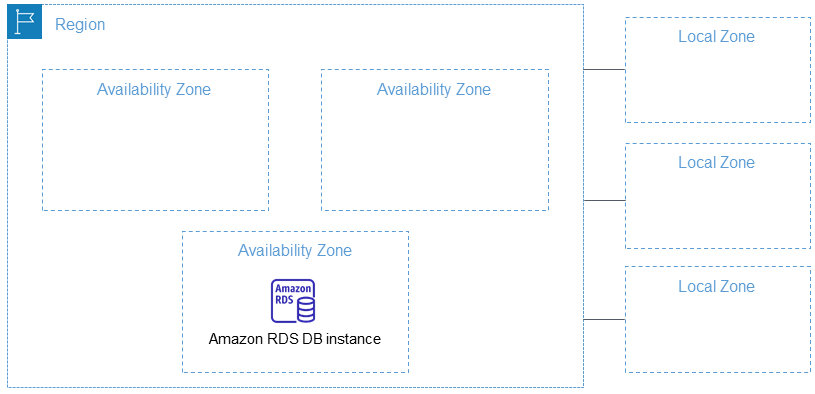AWS recently made a bold announcement; at re:invent in specified a few countries it planned to open Local Zones in, but last week it revealed some 32 locations, including Perth, Brisbane, and Auckland
Perth is isolated by the vast distances between east and west coast of Australia – 2044 miles, similar distances to the continental United States between DC and LA (2200 miles), or London to Moscow (2500 miles). The Round Trip Time (RTT) of packets online is around 50ms, which for many applications is not immediately noticeable.
But for some time-critical workloads, its a deal breaker.
Local Zones offer a very cut down version of an AWS Region, targeting compute workloads that use a virtual machine Instance. First available in Japan, there are currently 16 in service; this recent announcement of 32 more will make 48 Local Zones.
While many have become familiar with AWS, the minimal viable product of a Local Zone may leave some confused: the options at your disposal are listed here.

Local Zones are attached to a host Region. In the case of the announced Perth Local Zone, the API designation for this indicates this will be linked to the yet-to-launch Melbourne Region.
When it comes to load balancing within the Local Zone, typically only Application Load Balancing (ALB) is available. That’s perfect for HTTP based workloads with multiple local application servers, but if you’re looking to then add a managed RDS database behind that, you’ll be reaching back to the host Region. Same for SQS, SNS, and most everything else.
Instance types will also be limited, typically focusing on a subset of the latest general purpose families; this is likely to be true of the Elastic Block Store (EBS) volumes, where until now, GP2 (General Purpose SSD) has been the primary option.
When it comes to networking, it appears that Local Zones do not yet support IPv6 dual-stack addressing, as shown in the Console option for defining a subnet with the current Oregon/Los Angeles Local Zone:

So, what would benefit from Local Zones? Well architectures with local access direct to instances, that perhaps transform and validate requests on the edge, or perhaps cache responses at the edge before forwarding more efficient queries across the “VPC-internal” connectivity to the host Region. Another use case may be local EC2 Windows Instances, where the reduced latency may make RDP access a seamless desktop experience.
Perhaps some Local Zones will supplant the need for on-premesis Outposts deployments.
Perhaps over time more architectural patterns will come about, and more services will start to make their way into the common Local Zone implementation. Some Local Zones may grow to become full Regions, as happened with the original Osaka (Japan) Local Zone.
Regardless of the way it ends up being used, the expansion is a massive step up in the globally deployed infrastructure.
